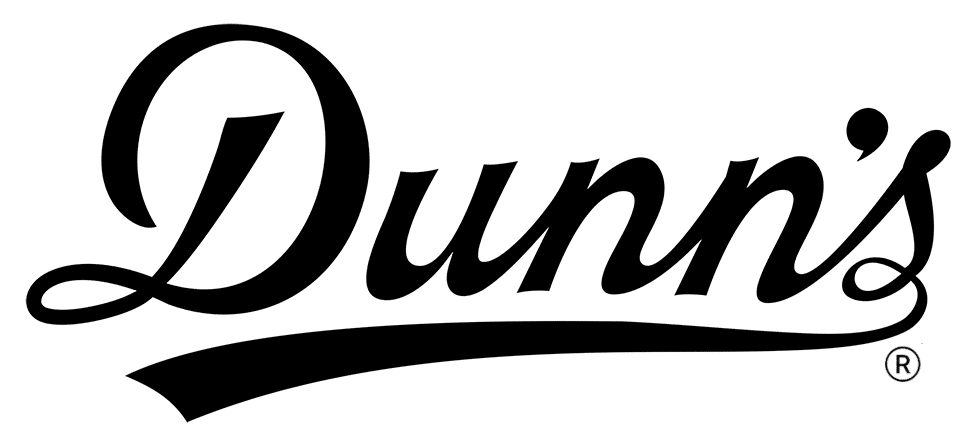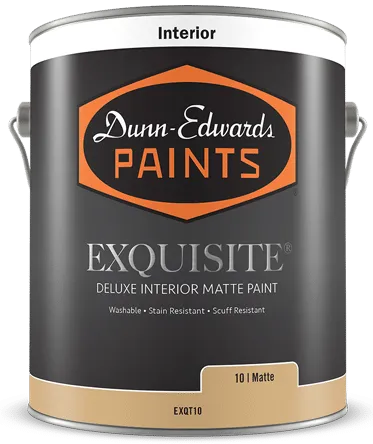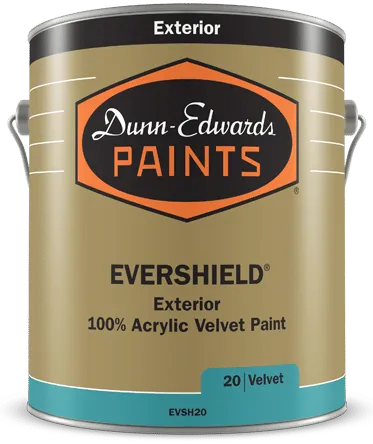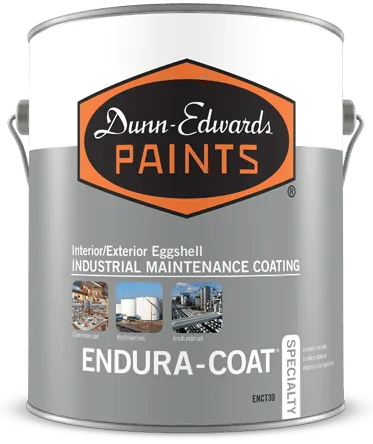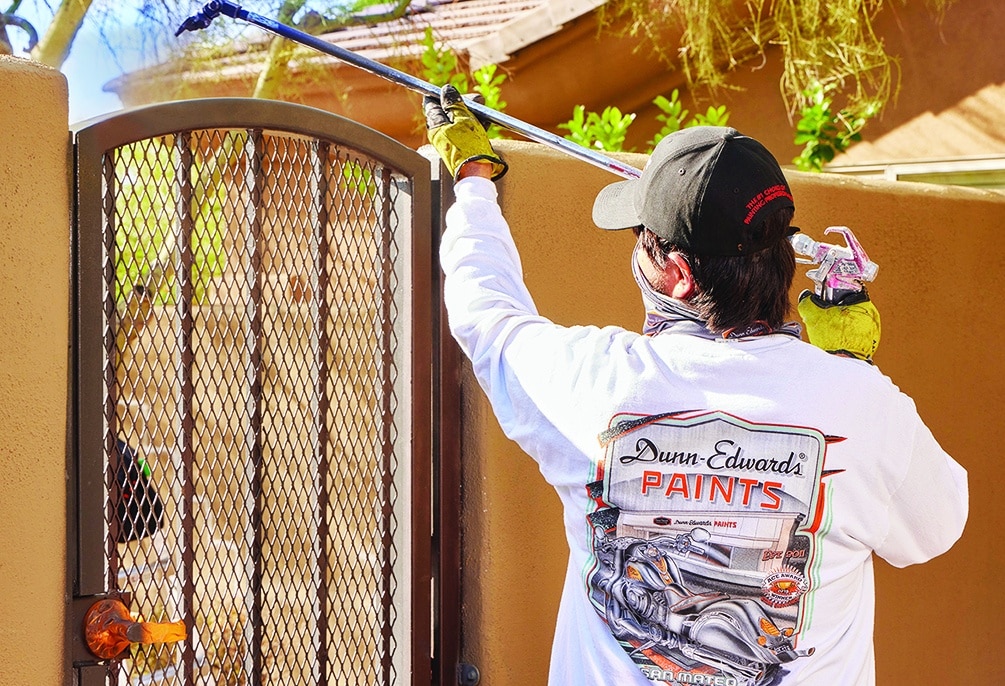After investing in your repaint project, we know you want to keep your walls looking clean and fresh for as long as possible.With a little care, it’s easy to remove average wear and tear and gain more time between touch-ups and repaints.
CARING FOR YOUR NEWLY PAINTED WALLS
When Painting
SELECT THE RIGHT GLOSS LEVEL
Gloss and semi-gloss paints are easier to clean than flat paints because of their smoother surface. If a flat or low sheen finish is desired, we recommend using EVEREST® Ultra-Premium Interior Flat and Velvet paints. Higher quality paints are more durable, wash and clean up easier, and last longer.
Interior painted walls can get dirty in many different situations: hand and finger prints around switches and knobs; splashes in kitchens and bathrooms; marks on hallways and corridors; and “soot” accumulating above electric lamps and other heat sources, to name a few.
What You Should Know
Preventative Steps
Washing dirt from painted walls before it accumulates not only improves their appearance, but it also reduces the chance of the dirt becoming permanently embedded in the paint film.
Make sure to check for dirt periodically. You should assume that dirt will be present in and near cooking and high traffic areas. Spot clean where necessary.
Easy Does It
When washing walls or removing stains, do only the minimum amount of cleaning, using the lightest pressure necessary. This will help avoid eroding the paint or creating any shiny spots ( also known as burnishing).
Always use the least aggressive cleaner, such as a mild soap solution.
Always wet a sponge before use to prevent excessive surface abrasion.
Rinsing
Always rinse your walls with warm water to remove any remaining cleaning solution residue. This residue will otherwise attract dust and dirt quickly.
Residual Stains
It is not always possible to wash off all stains (e.g., permanent markers). These and other stains may bleed or show through when painted.
If there is any doubt about residual stains, consider applying a high-quality, stain-blocking primer, such as BLOCK-IT® Premium.
If cleaning or other burnishing has left the surface shiny in some areas, the primer will also give a consistent look.
Suggestions for Stain Removal
Crayon & Washable Makers
For the most severe marks, use a high strength multipurpose cleaner. Be sure to follow instructions on label and apply sparingly to avoid paint removal.
For less severe marks, use a mild general household cleaner.
For stubborn marks, sprinkle some baking soda on a damp sponge and rub gently in a circular motion.
Greasy Kitchen
Add 2 oz. liquid household ammonia to a gallon of TSP solution (trisodium phosphate).
Start washing at the bottom and work your way up. This prevents the cleaning solution from running down the dirty part of the wall and causing hard-to-remove streaks.
Scuff Marks , Pen & Pencil Marks, and Dirt around Doorknobs and Light Fixtures
For more severe marks, use a high-strength multipurpose cleaner. Be sure to follow instructions on label and apply sparingly to avoid paint removal.
For less severe marks, use a solution of dishwashing detergent or TSP with warm water.
For stubborn marks, add non-gel toothpaste (a mild abrasive) to a damp cloth and wipe marks away.
For the most stubborn marks, sprinkle some baking soda on a damp cloth and wipe marks away
For scuff marks and pencil marks, try using an art gum eraser.
For ballpoint pen, spray with alcohol and wipe off, or mix 1 tablespoon of fresh lemon juice and ½ tablespoon of salt. Put on a damp rag and gently wipe off. Excessive pressure will cause paint to burnish.
For oily smudges and dirt around door knobs and light switches, use a high-strength multi-purpose cleaner on a wet rag. Be sure to follow instructions as well as strong solvent warnings on labels as applicable.
Permanent Maker
These marks are difficult to completely remove. To lessen the severity of the marks, try using a solvent-based cleaner. Be sure to follow instructions as well as strong solvent warnings on labels as applicable. Be advised: using any of these solutions will likely result in some damage to the finish.
Try to carefully spot-clean areas with a non-gel toothpaste.
For ballpoint pen marks, hairspray is another option.
Gum
Hold a plastic bag filled with ice on the gum to harden it. Scrape off excess gum with a spatula or dull knife. Then use a high-strength multi-purpose cleaner to remove the residue. Be sure to follow instructions on label and apply sparingly to avoid paint removal.
Wax
Melt the wax with a hair dryer and wipe away the excess; Ironing a paper towel over the wax can work too.
The greasy mark left behind can be removed by wiping with a weak solution of vinegar.
Mildew
Be aware of mildew growth on surfaces that tend to be moist. This includes laundry, basement, bathroom and kitchen areas.
Mildew should be treated and removed, never simply painted over.
To distinguish dirt from mildew, test the surface by putting a few drops of household chlorine bleach on it. If the surface has mildew, the color will be bleached out in just a few minutes
Apply a 3 to 1 mixture of water and household bleach to the area using a rag or sponge. Be sure to wear eye protection and gloves. With colored paints, test a small area first to be sure the bleach solution will not cause fading.
Allow the mixture to remain on for 20 minutes; add more as it dries. Rinse the area thoroughly.
For more information, see our “Mold and Mildew” brochure, available at any Dunn-Edwards store.
Final Notes
These suggestions for cleaning and stain removal are provided as a service to you.
We are unable to guarantee or take responsibility for the results obtained by these procedures.
Before attempting any of these methods, test the procedure on an inconspicuous area to be cleaned.
If you have additional questions, please call any of the experts in our customer service department.
